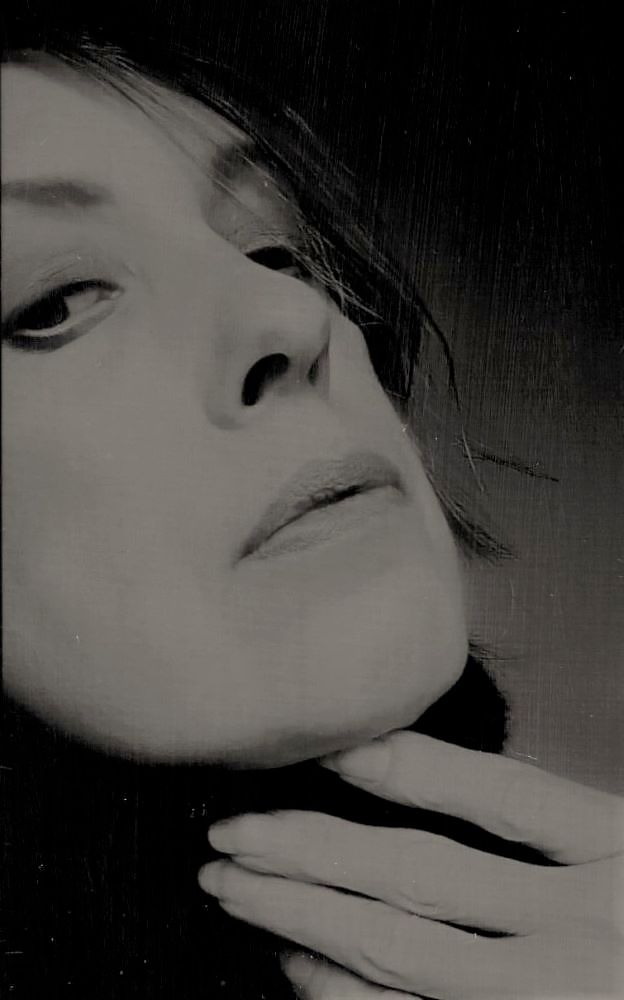Nanci Milton is a primarily self-taught photographic artist. Her experience with the camera, film and
image making began at an early age with the gift f an Instamatic from her father for whom photography
was his passion though not his profession. Subsequent Christmas gifts of cameras followed, as well as
access to his own various cameras. She was smitten.
As the only child of artistic parents, both teachers as well, she was continually exposed to writing, image
making, art viewing and inquiring into the creative process. As an only child of older parents, she also
was included in many adult events, dinners, lectures, visits with artists of many arenas and backgrounds
and absorbed the many layers of inspiration and process they possessed. She found it a gift to be an
only child as it allowed her the access to a larger world early on and also left her to her own devices to
imagine and make without the comparison or competition with a sibling. Everything was available and
potent.
The ''legacy'' of artists can be heavy though, and even as she continued to make images and write, she
struggled to find a form that was her own. That form led to a detour into the performing arts, modern
dance and theater which were her university studies. Ultimately, these fell short of what she had been
immured in all her life, and the turn back o the photographic arts and writing was undeniable. The
detour however undeniably informs her work with a sense of narrative and staging, in addition to a
conceptual approach that pushes the images beyond the static.
In a world that is in such flux, Milton is attracted to empty, vacated or in some way, disrupted spaces
and how our intimately personal or common and archetypal experience layer on and stain that space, be
it exterior or interior; she finds a landscape of both body and mind to reveal. There is redemption in that
effort and the rescuing of the lost, and in both the symmetry and the chaos found there. Methodology
and materials are less important and she utilizes any and all that will support the idea.
Milton has been included in domestic and international exhibits at Praxis gallery, LA Noble Gallery, A
Smith Gallery, The 9th Annual Koblenzanalog portfolio and exhibit, and was an Honorable Mention in the
Fine Art category for the 17th Julia Margaret Cameron Awards.
